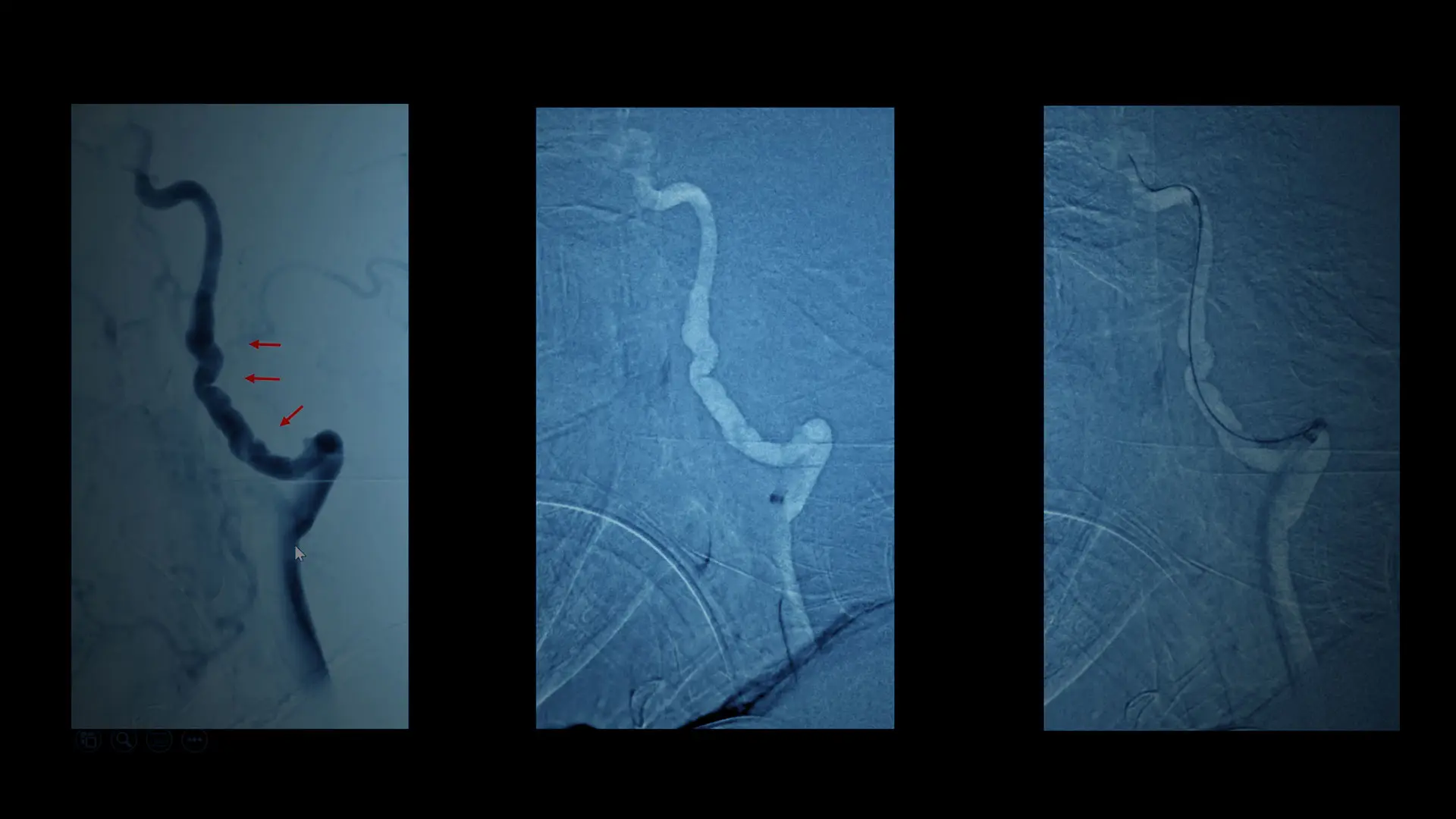Shahram Majidi, MD, Assistant Professor of Neurosurgery, Diagnostic, Molecular and Interventional Radiology, and Neurology, who led the surgery, narrates the patient case with tips for successful thrombectomy.
In 2021, the Mount Sinai Health System performed approximately 250 endovascular thrombectomies at its four thrombectomy-capable hospitals, which includes the Mount Sinai Queens Cerebrovascular Stroke Center, which opened in 2019 and was designed to provide the fastest and most efficient treatment for large vessel occlusion strokes.
With dual modalities of biplane angiography, combined with computed tomography (CT), the treatment allows diagnostic CT and the thrombectomy procedure to occur in the same room, on the same table, resulting in improved efficiency, speed, and quality.
“New processes and facilities have enabled us to dramatically decrease the time from symptom onset to thrombectomy using innovative models that are saving lives and returning more patients to functional independence—in ways that have never been done before,” says J Mocco, MD, MS, Senior Vice Chair and Professor, Director of the Cerebrovascular Center, and Co-Director of the Neuroendovascular Surgery Fellowship Program in the Department of Neurosurgery at Mount Sinai. Dr. Mocco is also president-elect of the Society of NeuroInterventional Surgery.
Watch the video case presentation here.
Advanced Technology, Streamlined Process Dramatically Improve Thrombectomy Time and Outcome for Large Vessel Occlusion Stroke
Over the years, Mount Sinai has pioneered many of the endovascular techniques used today. Recent published work includes:
Endovascular thrombectomy in octogenarians and nonagenarians with large vessel occlusion: Technical aspects and clinical outcome Journal of Stroke and Cerebrovascular Diseases
AI software detection of large vessel occlusion stroke on CT angiography: a real-world prospective diagnostic test accuracy study Journal of NeuroInterventional Surgery
